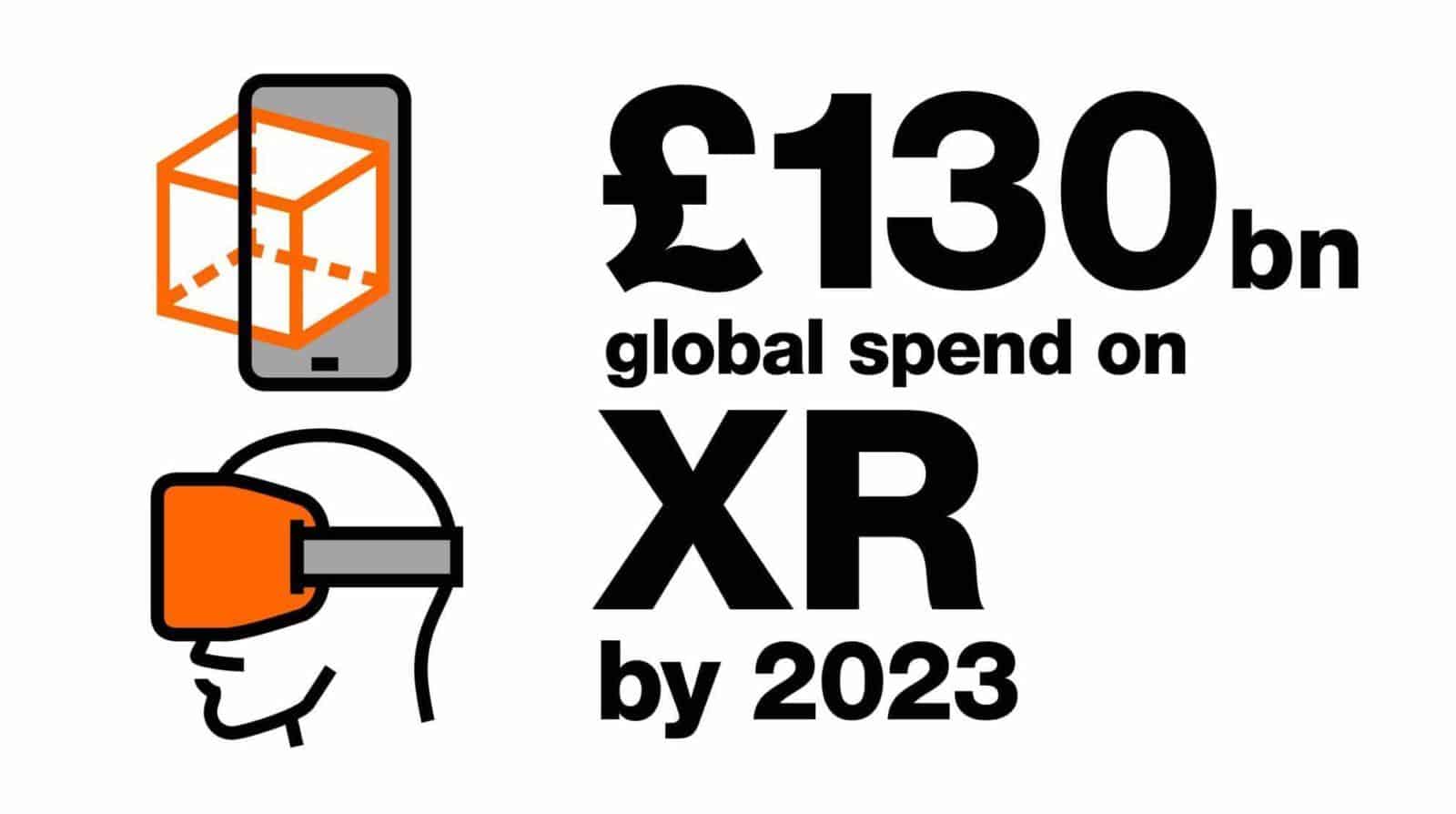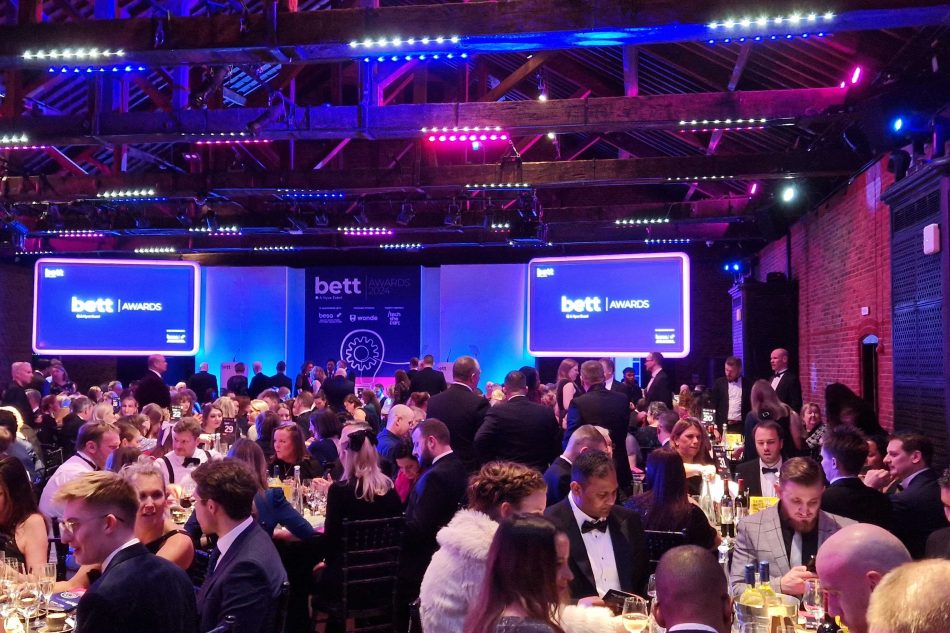
Virtual Events: 5 ways to transform your event with augmented and virtual reality
With the events industry and events professionals looking for increasingly innovative and engaging ways to bring their events to life, now is the perfect time to explore XR (extended reality) solutions such as AR (augmented reality) and VR (virtual reality) and create the next generation of virtual events.
The time is right for a virtual events revolution
The XR market is rapidly maturing and global spend on XR is forecast to reach £130 billion by 2023 and PwC’s Future Forecast report shows that £1.39 trillion will be added to the global economy through XR by 2030 (with £62.5 billion added to the UK economy alone).
The positive metrics on XR are only increasing too – check out this post: “15 Augmented Reality Facts & Stats (2020)”.
The technology powering virtual and augmented reality experiences is now more accessible than ever, and there are many compelling reasons for making the switch from physical to virtual events.
Getting started with virtual events using AR and VR
The following benefits of launching a virtual event solution are based on our hands-on experience working as XR experts with some of the world’s biggest brands, helping them to unlock the power of augmented and virtual reality technology to bring their event experiences to life:
1. Expand or replace physical events
Whether or not you are looking to deliver event experiences to a wider audience in different locations across the world, or you need to recreate a physical event as an immersive digital experience, augmented and virtual reality can provide the answers.
Creating interactive real-world spaces (i.e. exhibition stands) in 3D and enabling your audience to explore and interact with them is a perfect way to expand the reach of your events to new audiences across the world. Alternatively, the event space could be completely reimagined for an audience who attend remotely with different options for how your virtual event is deployed including:
– as an immersive VR experience through a VR headset
– triggered as an AR experience on a mobile or tablet devices
– as an interactive 3D web-based experience
Working with technology reseller Exertis and powered by our AR platform, Reydar, we created a virtual office as a scalable 3D virtual shopping experience that replicates the familiar office environment. Customers can explore and shop the virtual space and new product launch events can be deployed through the virtual office providing Exertis with an effective tool to reach out to new customers across the world.
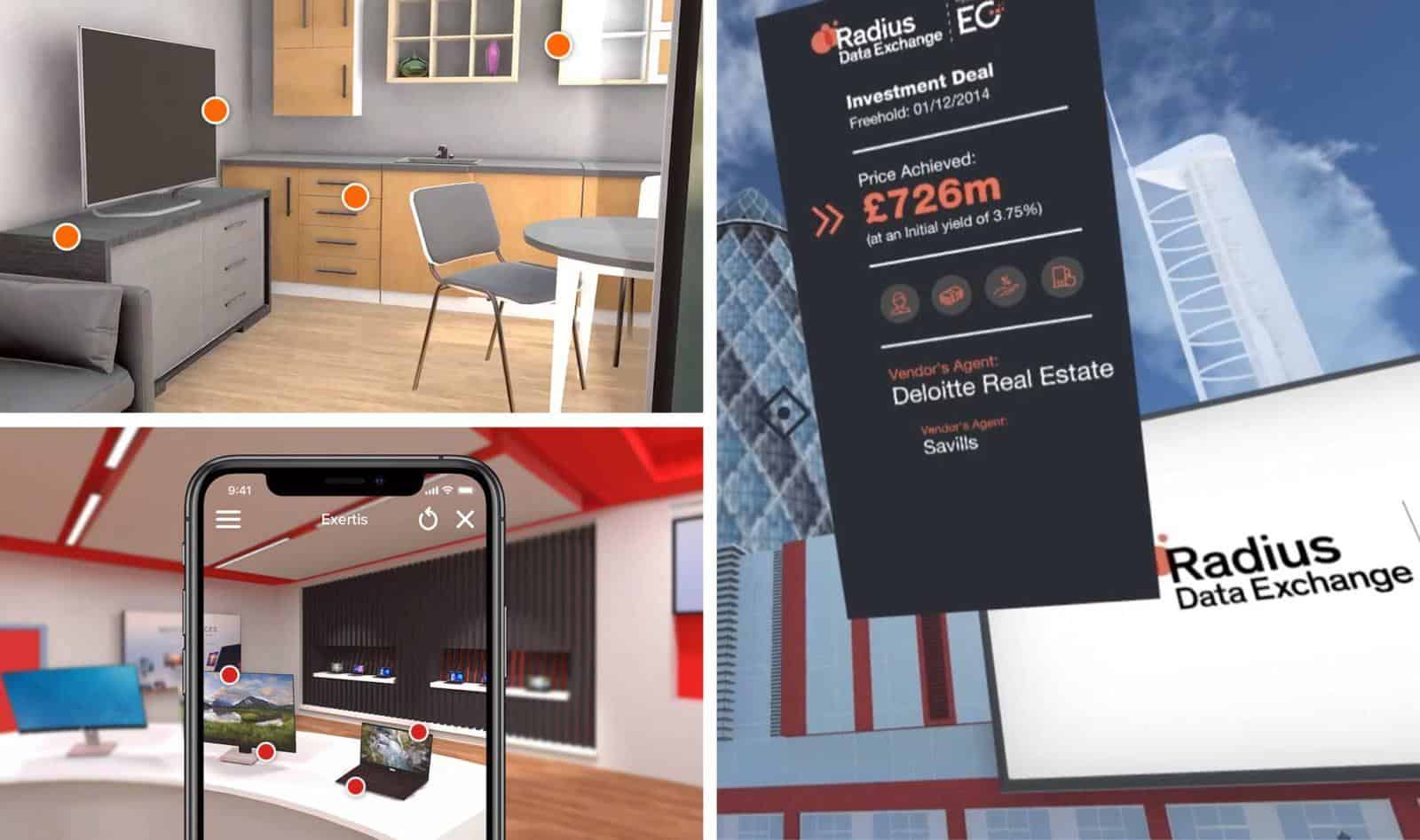
2. Make products and services interactive and immersive
We already know about the power of AR to provide shoppers with an engaging ‘try-before-you-buy’ digital experience by placing virtual products in their own home – it is increasingly being used by retailers as a method of influencing the purchase journey.
So, if we know AR product placement works for shoppers, how can we bring physical products and services to life for events?
Using AR, brands and event organisers can showcase their products and services as interactive 3D experiences that users can interact within their own real-world space at real-world scale. This can be especially valuable for large products (i.e. cars, heavy machinery), or products and services that are too complex to easily explain.
With AR we have been able to bring the Audi R8 to life and enable customers to create a personalised spec which they can park on their drive. We have created virtual product demos for everything from brake pads to bathroom taps, and even hot-tubs, and we have taken complex engineering products and delivered them as remote AR product demos for events and sales presentations.
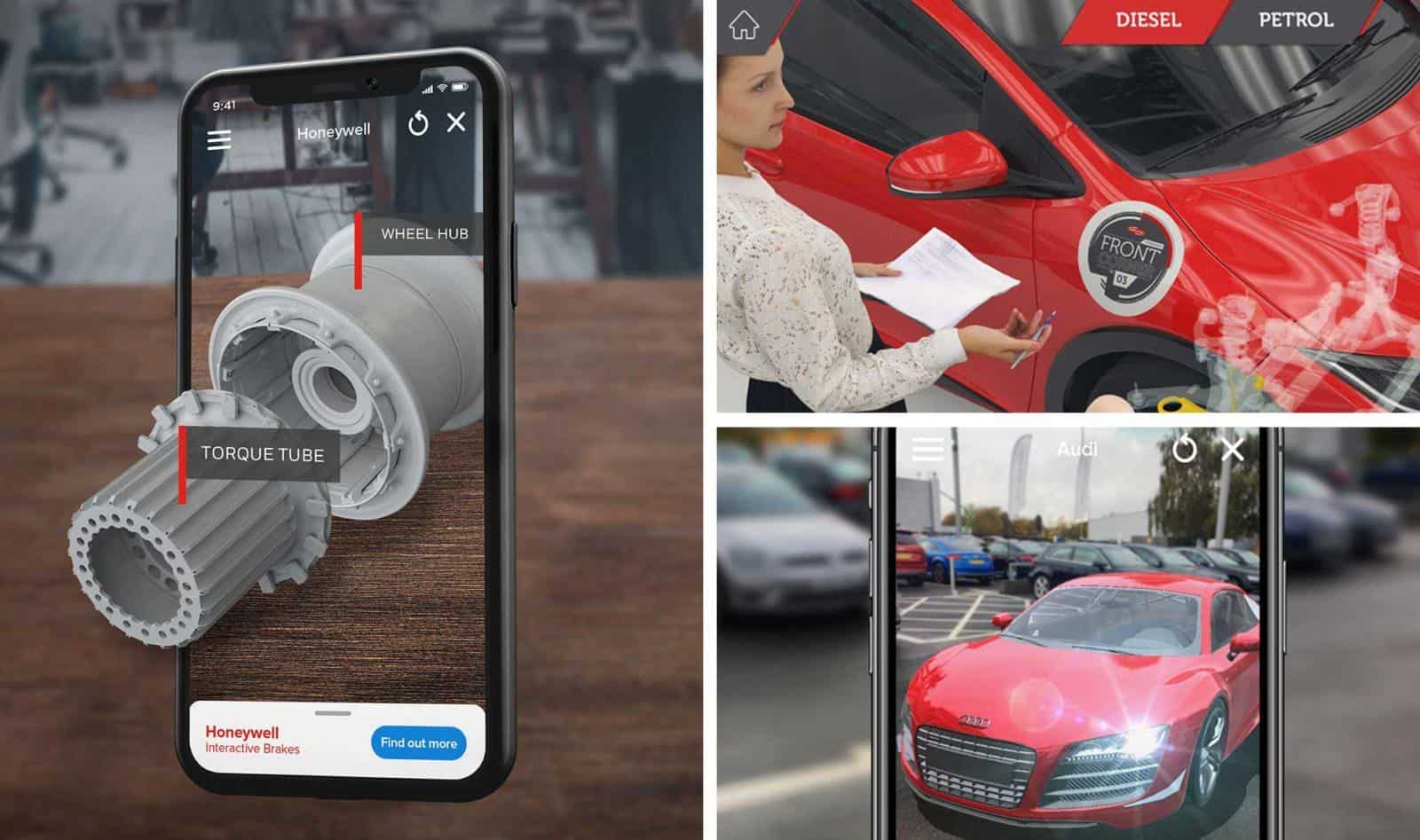
3. Deliver augmented event experiences anytime, anywhere
One of the key challenges for the events industry is getting all of the right people in the same place at the same time. With busy schedules, remote working, and travel restrictions, making an event a success for a global or even local audience can be difficult at the best of times.
By creating a virtual event and deploying it as an AR or VR experience, event organisers can deliver rich and engaging event experiences directly to individual attendees. No need to schedule in time for them, or manage travel arrangements, and with AR you be confident that they have all they need (a smartphone or tablet) to explore your virtual event.
Add in a layer of personalisation and you can deliver a unique digital event experience to your audience whether they’re in the office, at home or even on the move.
4. Integrate gamification and virtual training features
Research has started to highlight just how effective AR and VR can be as a learning tool, with neuroscientists finding that “AR experiences deliver almost double (1.9 times) the levels of engagement compared to their non-AR equivalent” and they are almost three times as memorable.
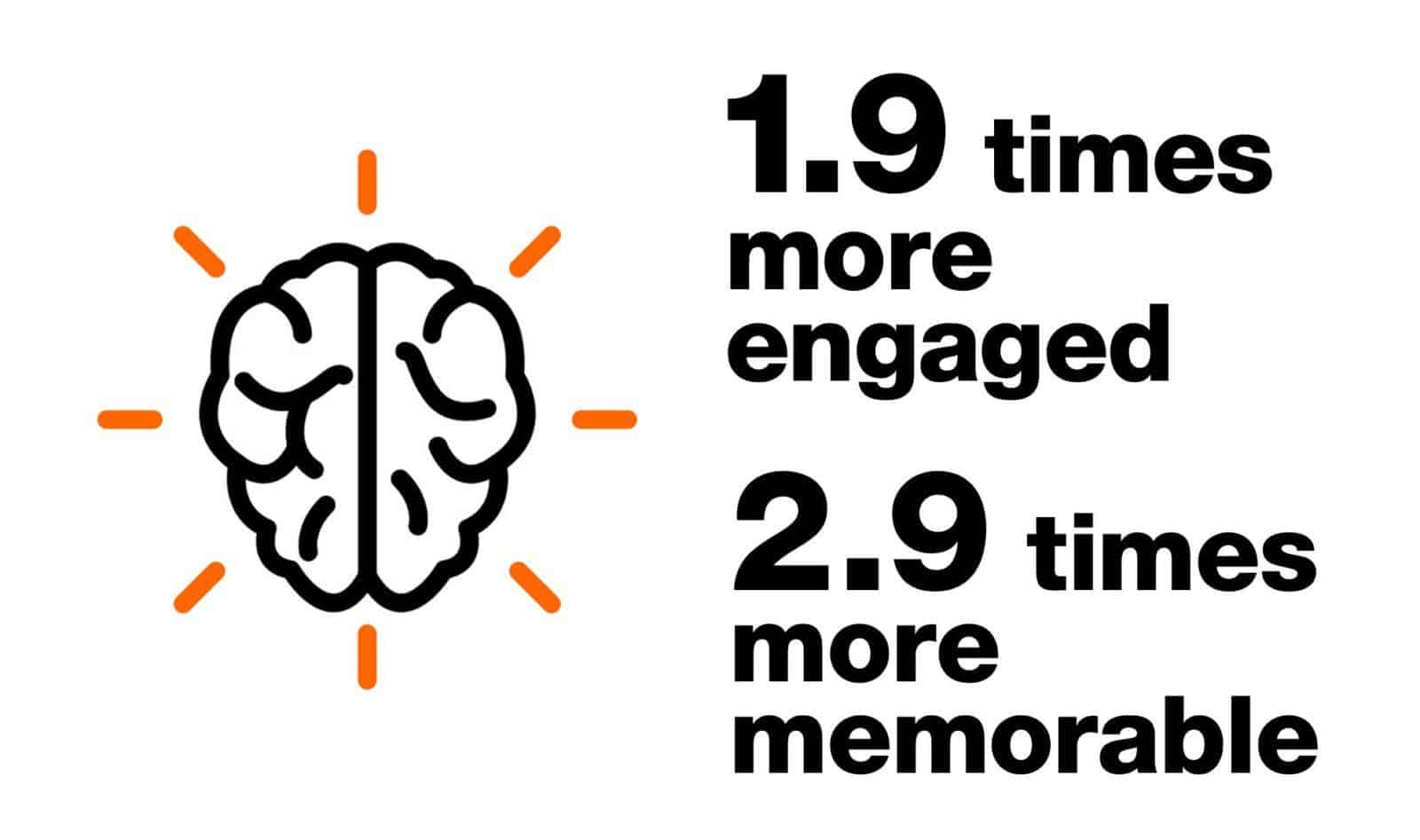
This is because AR technology is able to place us at the centre of the experience. Augmented reality uses our physical location as its primary component and extends our version of reality with digital content. It’s a similar concept as first-person gameplay where the gamer is placed at the centre of the gaming experience – it creates a uniquely engaging and immersive experience.
The first-person gameplay concept is just the start of enhancing virtual events with ideas taken from the gaming industry. Using AR and VR we have triggered gaming experiences for clients such as Coca-Cola and BiC whereby interactive games are overlayed on top of the real world (think Pokemon Go for your own brand).
This gaming-inspired approach also has the ability to transform training, demos and online learning content into augmented gamified learning that can be deployed as virtual events. As well as working with Honeywell to bring their training to life using AR and VR, we are currently working with a number of organisations in the transport and financial industries to transform their training into gamified virtual experiences.
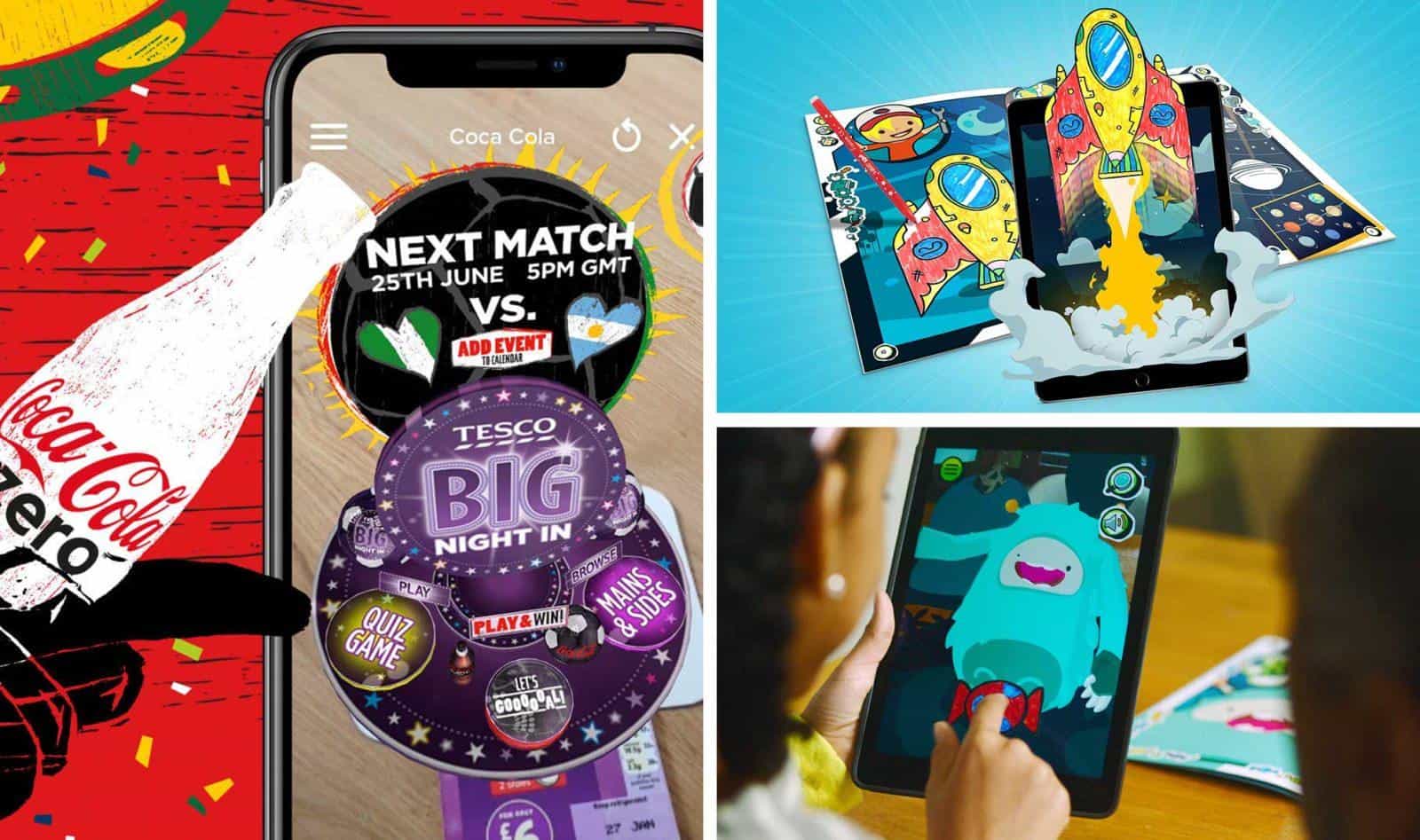
5. Capture powerful analytics and insights
Underpinning all of the different ways that you can bring events to life using augmented and virtual reality is the ability to capture unique event analytics and evaluate the impact of your event against key objectives.
A key advantage of creating a virtual event is that you can track and measure every interaction and, if required, link it directly to individual users. For many industry professionals, this is their ultimate goal and the inherent digital nature of virtual events makes it straightforward to collect data from users and feed into sales pipelines to deliver quality leads.
Regardless of your event objectives (i.e. to track progress and activity on training experiences), the ability to capture powerful analytics and data insights is key to assessing the success of your event and all of the AR and VR experiences we create have analytics embedded by default.
Creating the ultimate virtual event experience
The technology powering virtual and augmented reality experiences is more accessible than ever, and with AR platforms like our very own Reydar and our team of XR experts, we can help guide you through the process of transforming your events into engaging virtual event experiences.
For more information please call us on 01604 453 177 or drop us an email.
